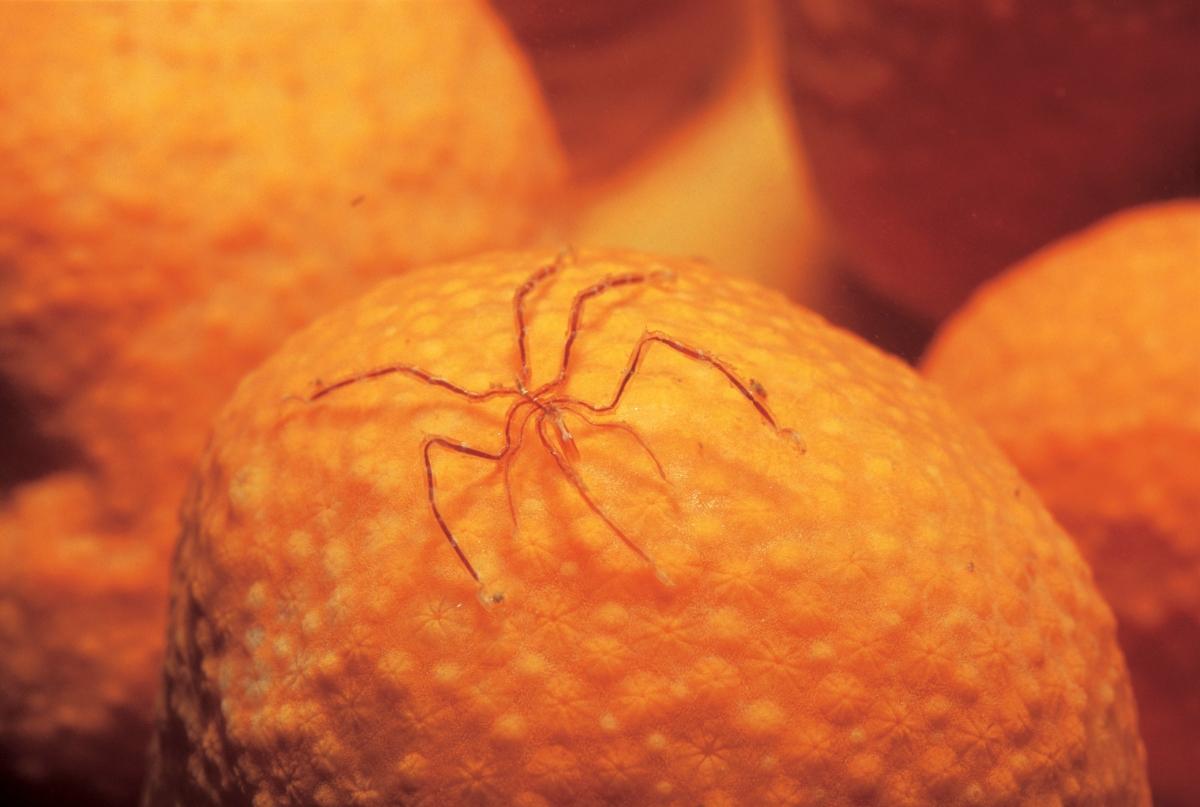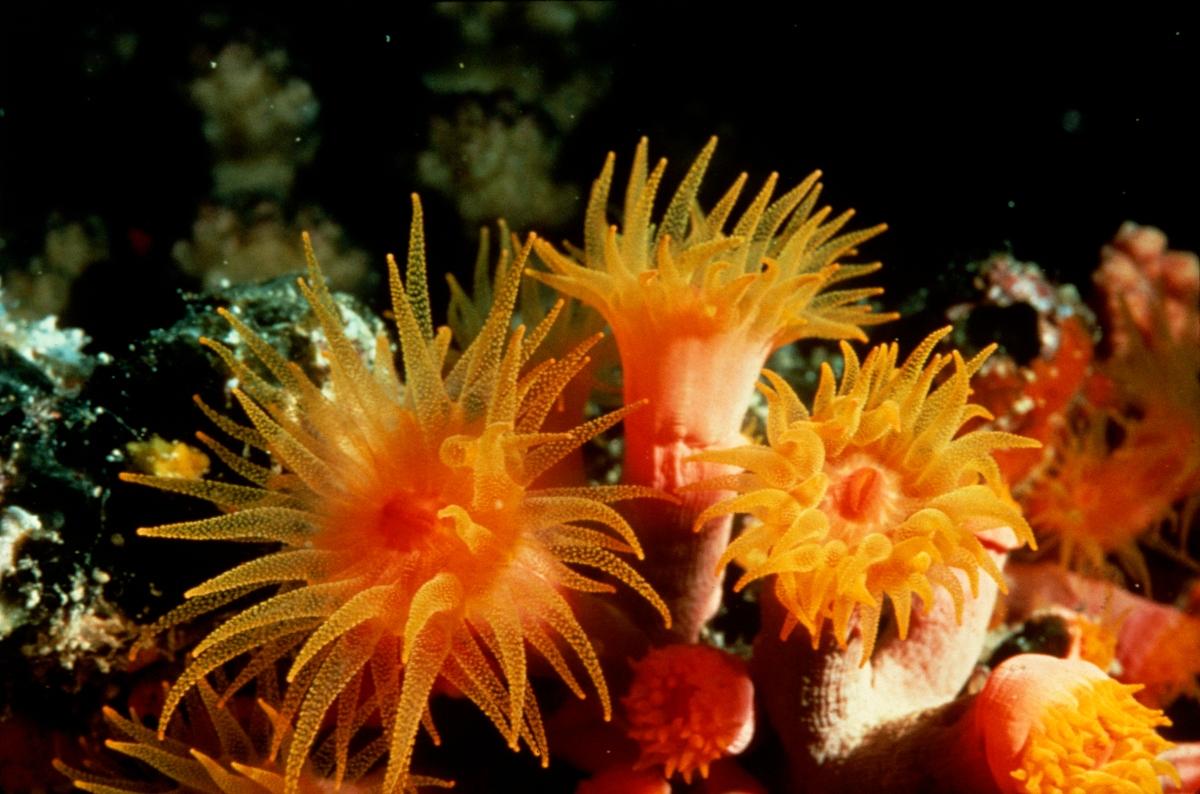Oceanic Spiders May Seem Like Science Fiction, but They're Completely Real
Published July 3 2023, 10:40 a.m. ET
Though there's still a ton humanity doesn't know about the oceans and marine life, plenty of fascinating creatures exist under the surface. For instance, the oceanic spider, also known commonly as the sea spider, may look and sound like something from a science-fiction movie, but they are real creatures living today.
Interested in how big oceanic spiders can get and how long they live? Here are all the details about this uniquely creepy marine species.

What is an oceanic spider?
According to Monterey Bay Aquarium, the sea spider or oceanic spider is an invertebrate that lives along sandy seafloors. They're marine arthropods, or "ocean-dwelling animals related to crabs and spiders." There are over 1,300 species of sea spiders, classified as pycnogonids.
The sea spider has a hard exoskeleton like a crab, and typically has eight legs like a spider, though it's not an arachnid.
Sea spiders have long, multi-jointed legs that make it look like they're walking on stilts. As the National Oceanic and Atmospheric Administration (NOAA) explains, these creatures can grow to up to 20 inches long (50 centimeters). They're also called pantopods, meaning "all legs," which is an apt description for them.
Amazingly, oceanic spiders have such small trunks that parts of their organs can extend into their legs. They also have "additional appendages" used for courtship and cleaning or for carrying eggs and young. As NOAA notes, they receive oxygen through the exoskeleton since they don't have lungs. And deep-sea dwelling sea spiders may not have eyes!
Where do sea spiders live?
Sea spiders can be found living in oceans all over the world, in climates from tropical to temperate to even polar oceans. They also can live in shallow waters as well as deeper waters. According to Monterey Bay Aquarium, 20 percent of known species of sea spiders live in Antarctica.

How and what do oceanic spiders eat?
Some sea spiders eat algae, but most sea spiders eat animals with soft bodies, so they're carnivores, NOAA explains. Their diet includes anemones, bryozoans, hydroids, worms, and corals. But the part that might seem gruesome is the way in which sea spiders consume their food. They have a proboscis, a tube-like mouth, which they use like a straw to "drink" the bodily fluids of their prey.
It gets even more peculiar: As DiscoverWildlife.com points out, some sea spiders don't kill their prey. In some cases, they may merely "nibble" at it, sucking up the bodily fluids that it needs and leaving the creature alive.
Are oceanic spiders dangerous to humans?
Fortunately for humanity, sea spiders only look frightening, but don't pose a danger to humans, according to the State of Washington's Department of Ecology.
"Although sea spiders might haunt the dreams of arachnophobes, they are actually harmless to humans, and lack the fur and fangs that make terrestrial spiders so scary," states the agency.
Oceanic spiders are generally too small to threaten humans, anyway, and the largest species of sea spiders reside on the seafloor, in the deepest parts of the oceans.
